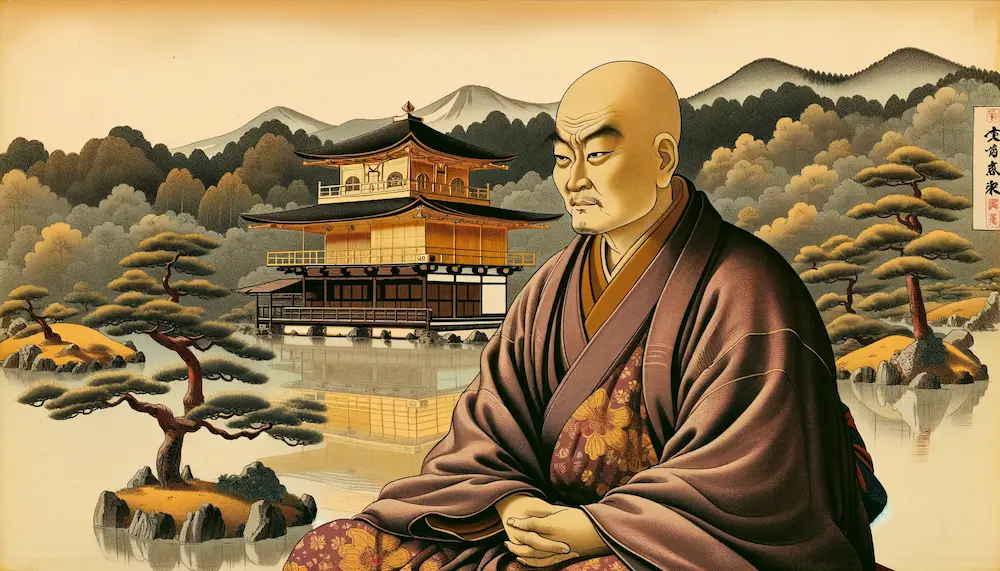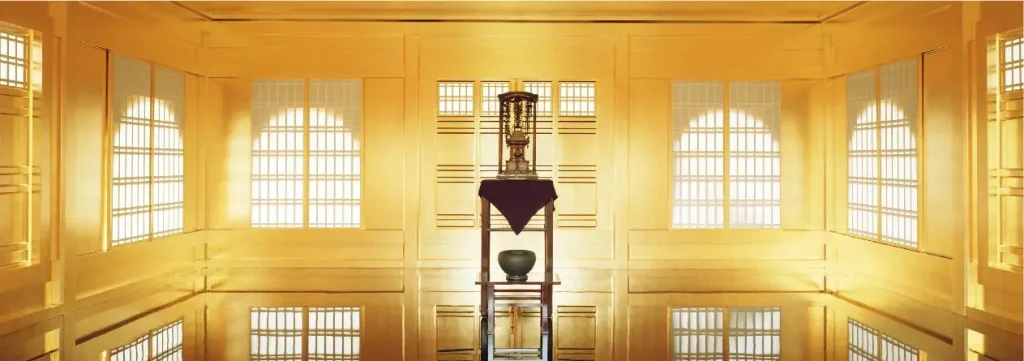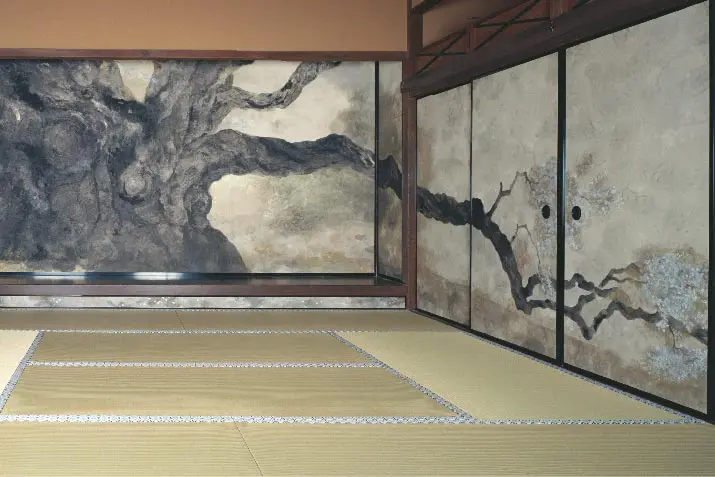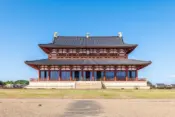Kinkaku-ji: The Golden Pavilion of Kyoto – A Comprehensive Guide
Kyoto, a city rich in history and culture, is home to many iconic landmarks. Among these, Kinkaku-ji, or the Golden Pavilion, stands out as a must-see destination. With its stunning architecture and serene surroundings, Kinkaku-ji offers visitors a glimpse into Japan’s golden past. Let’s explore the timeless beauty of this magnificent site.
History of Kinkaku-ji

Kinkaku-ji was originally built in 1397 as a retirement villa for the shogun Ashikaga Yoshimitsu. After his death, it was converted into a Zen temple by his son. The pavilion has faced numerous challenges, including being burned down twice in the 15th century during the Ōnin War and again in 1950 by a monk. The current structure, rebuilt in 1955, faithfully reproduces the original design and continues to attract millions of visitors every year.
Architectural Marvel



Source : Kinkaku-ji Official Site
Kinkaku-ji’s architecture is a marvel of design and symbolism. The pavilion is three stories high, each with its own unique style. The first floor, called The Chamber of Dharma Waters, is built in the Shinden style of the Heian period and features natural wood pillars and white plaster walls. The second floor, known as The Tower of Sound Waves, is in the Bukke style, which is characteristic of samurai residences. The third floor, the Cupola of the Ultimate, is in the style of a Chinese Zen hall, gilded inside and out. The pavilion is topped with a golden phoenix, symbolizing rebirth and renewal. Surrounding the pavilion, the beautiful gardens are designed to complement the architecture and create a harmonious setting.
Visiting Kinkaku-ji
The best time to visit Kinkaku-ji is during the spring and autumn months when the gardens are at their most beautiful. The temple is open daily from 9:00 AM to 5:00 PM.
Admission costs 400 yen for adults and 300 yen for children. Kinkaku-ji is easily accessible by bus from Kyoto Station, taking about 40 minutes. When visiting, it’s a good idea to wear comfortable shoes as you’ll be doing a fair amount of walking. Don’t forget your camera—Kinkaku-ji is one of the most photographed sites in Japan, and for good reason!
Nearby Attractions
After visiting Kinkaku-ji, there are several other attractions nearby that you shouldn’t miss. Ryoan-ji, famous for its rock garden, is just a short walk away. Ninna-ji, another UNESCO World Heritage Site, offers stunning cherry blossoms in spring. For those interested in traditional Japanese crafts, the Kyoto Handicraft Center is a great place to visit. A full day in this area can give you a deeper appreciation for Kyoto’s rich cultural heritage.
Personal Experience
My first visit to Kinkaku-ji was when I was in elementary school. Seeing Kinkaku-ji in person, after only seeing it in textbooks, was a moment of true wonder for me. I remember thinking, “It’s really gold!” That memory has stayed with me ever since. There’s nothing else like it in Japan, and it’s something you have to see for yourself.
Conclusion
Kinkaku-ji is a symbol of Kyoto’s rich history and cultural beauty. Its stunning architecture and serene gardens make it a place of contemplation and inspiration. Whether you’re planning a trip to Japan or are already here, Kinkaku-ji is a destination that should not be missed. Plan your visit to Kinkaku-ji and immerse yourself in the golden splendor of Kyoto.
Reviews from Visitors
There are no reviews yet. Be the first one to write one.









